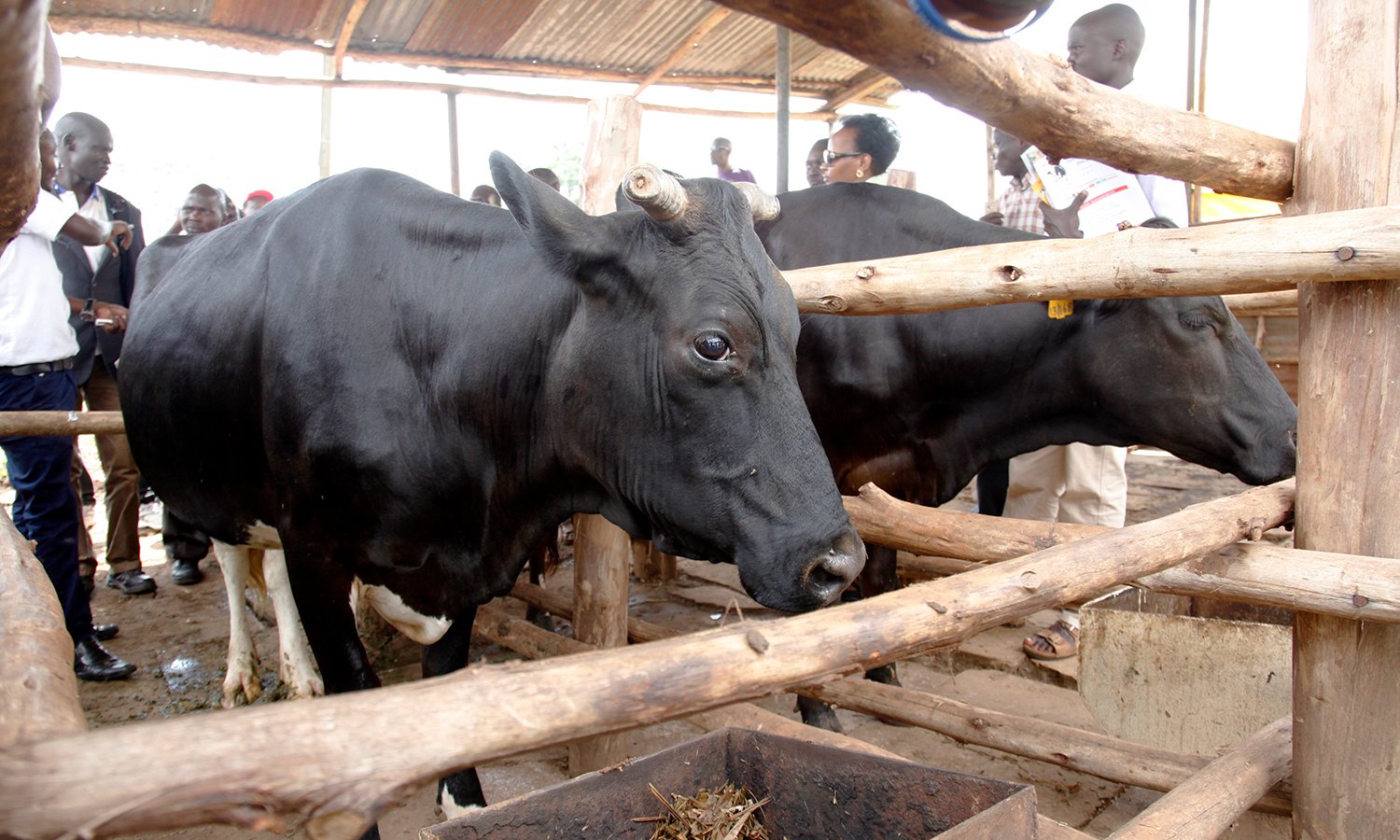Prime
Enhance livestock productivity for sustainable development

What you need to know:
- Global livestock production has witnessed a steady increase over the past decade, driven by escalating demand for meat, dairy, and other animal products.
The livestock sector stands as a cornerstone of the global food system, playing a vital role in poverty reduction, food security, and agricultural development.
According to the Food and Agriculture Organisation (FAO), livestock contributes a significant 40 percent to the global value of agricultural output, supporting the livelihoods and food security of nearly 1.3 billion people worldwide.
Livestock also is a key integral part in the promotion of sustainable food systems, with functions ranging from providing natural fertiliser through manure to aiding productivity, and in regions with low mechanisation, livestock provides draft animals.
Particularly for vulnerable communities, livestock represents crucial assets. Globally, around 500 million pastoralists rely on livestock herding for sustenance, income, and as a form of wealth storage or safety net during times of need.
Global livestock production has witnessed a steady increase over the past decade, driven by escalating demand for meat, dairy, and other animal products.
This demand surge is propelled by factors such as population growth, urbanisation, rising incomes, and dietary shifts toward higher protein consumption, particularly in emerging economies.
This “livestock revolution” has reshaped the global landscape of livestock production, leading to a substantial rise in demand, especially in low- and middle-income countries (LMICs) like Uganda.
According to the Food and Agriculture Organisation (FAO), meat demand in LMICs is projected to increase substantially by 2030 and beyond.
Under a business-as-usual scenario, FAO forecasts an 80 percent rise in meat demand by 2030 and a staggering 200 percent increase by 2050.
In Uganda, recent data from the Uganda Bureau of Statistics (UBOS) underscores the mounting significance of the livestock sector. The National Livestock Census (NLC) 2021 reveals that approximately 72.8 percent of households in Uganda, totalling 6.8 million households, are engaged in livestock keeping, owning at least one type of livestock.
Key insights from the census indicate a notable cattle population of 14.5 million, marking a 26.9 percent increase from 11.4 million reported in 2008, with 77 percent being indigenous breeds and 23 percent exotic/crossbreed.
Uganda boasts an impressive annual milk production of 3.7 billion litres, surpassing the target of 3.67 billion litres set for 2024/25.
However, this falls short of Uganda’s milk production potential, which stands at 10 billion litres per annum. Challenges such as livestock diseases, low uptake of high-grade exotic cattle, and limited access to extension services hinder the sector’s full potential.
A report by the Economic Policy Research Centre (EPRC) reveals that Ugandan farmers could potentially generate an additional $300 million in revenue. The predominance of indigenous cattle breeds suggests a low productivity level in Uganda’s livestock sector, underscoring the need for enhancing productivity in the sector.
As Uganda’s population continues to grow, strategic measures are imperative to boost productivity rather than merely increase the number of animals. Traditional production systems such as tethering, free-range, as well as communal grazing, dominate, indicating potential challenges with space and resource management. Access to finance remains a critical barrier for smallholder farmers and entrepreneurs despite the sector’s pivotal role in the economy and rural livelihoods.
Enhancing productivity in Uganda’s livestock sector requires improving animal health, promoting better breeding practices, enhancing access to quality feed and water, and providing training on modern farming techniques—all of which necessitate affordable financing. Institutions like the Uganda Development Bank (UDB) are pivotal in bridging this financing gap, offering tailored financial solutions and non-financial services to stakeholders across the livestock value chain.
Enhancing livestock productivity is crucial for sustainable development in Uganda. By addressing challenges, empowering stakeholders, and facilitating access to finance and resources, Uganda can unlock the full potential of its livestock sector, contributing to food security, poverty reduction, and agricultural development.
Bob Twinomugisha, Senior Economist, Macroeconomics and Trade, Uganda Development Bank Ltd.




